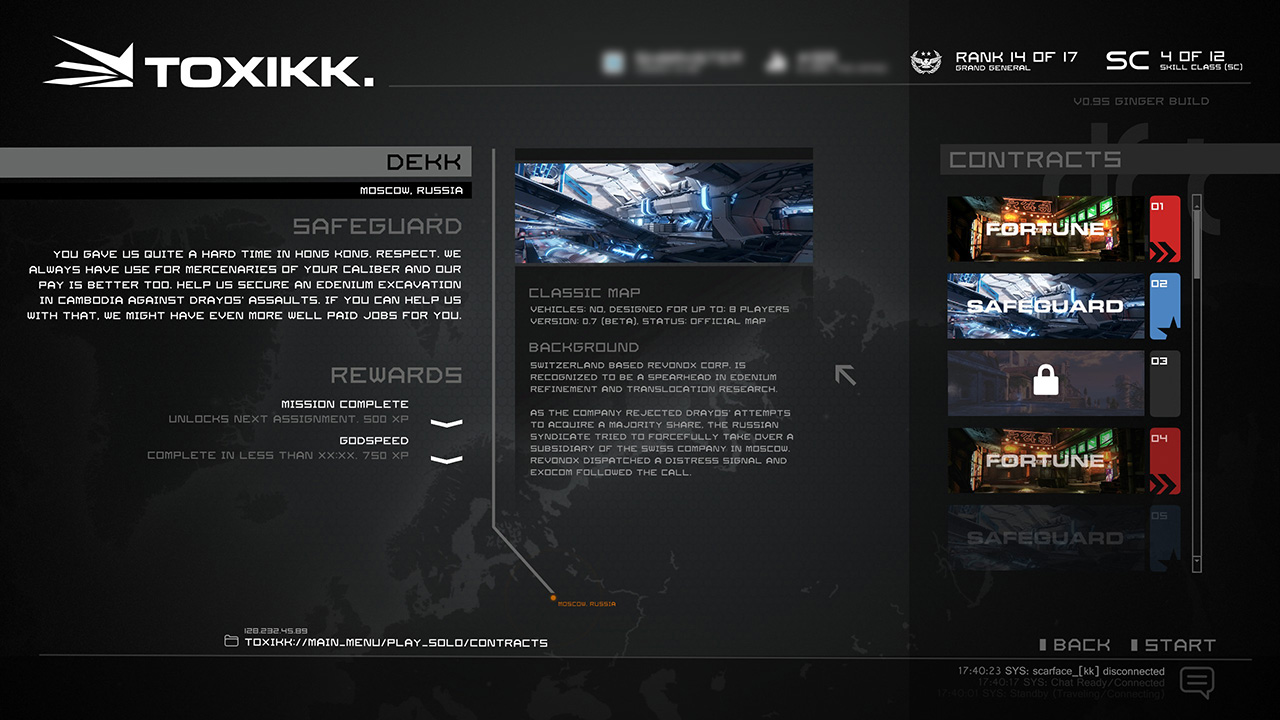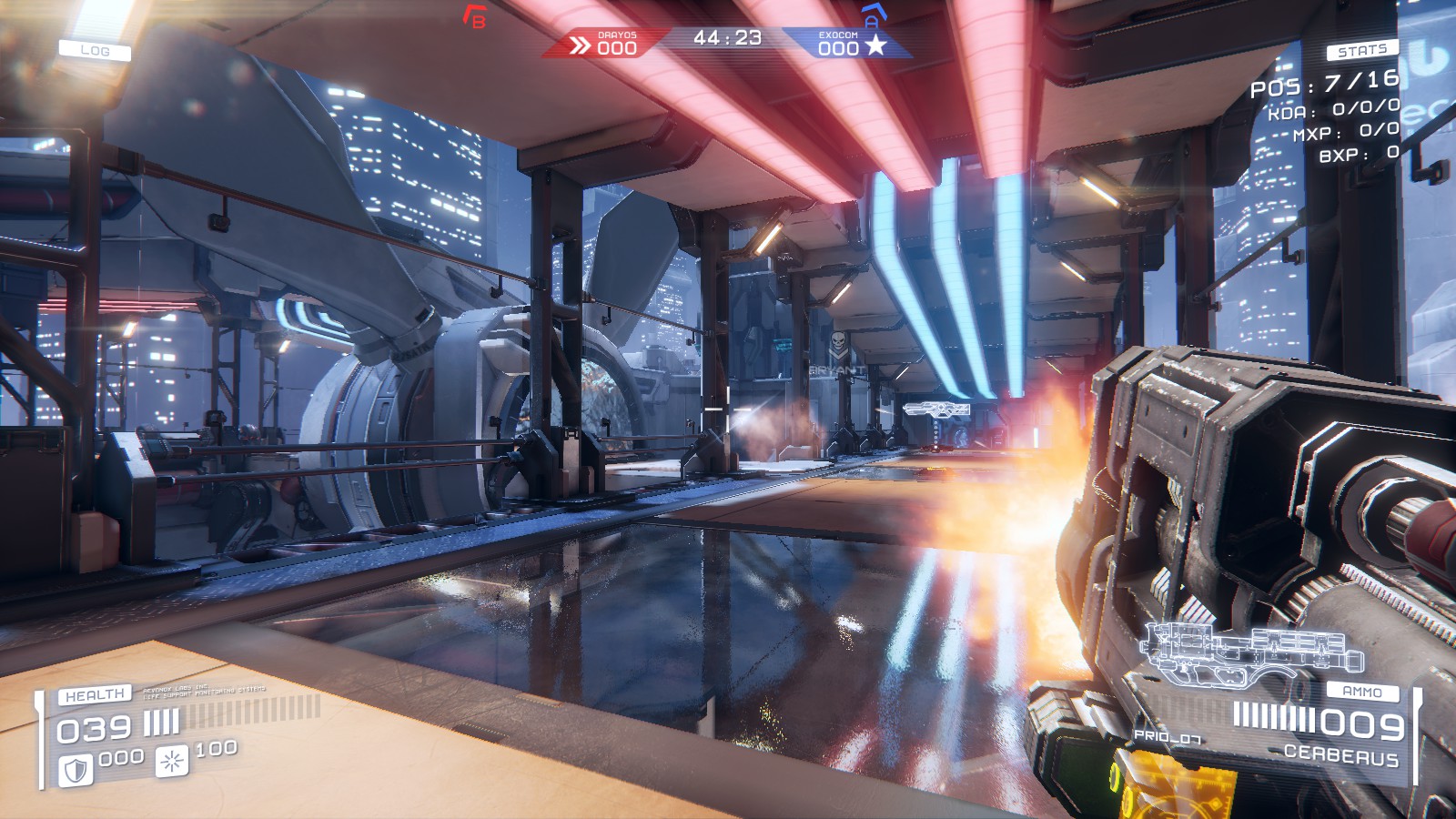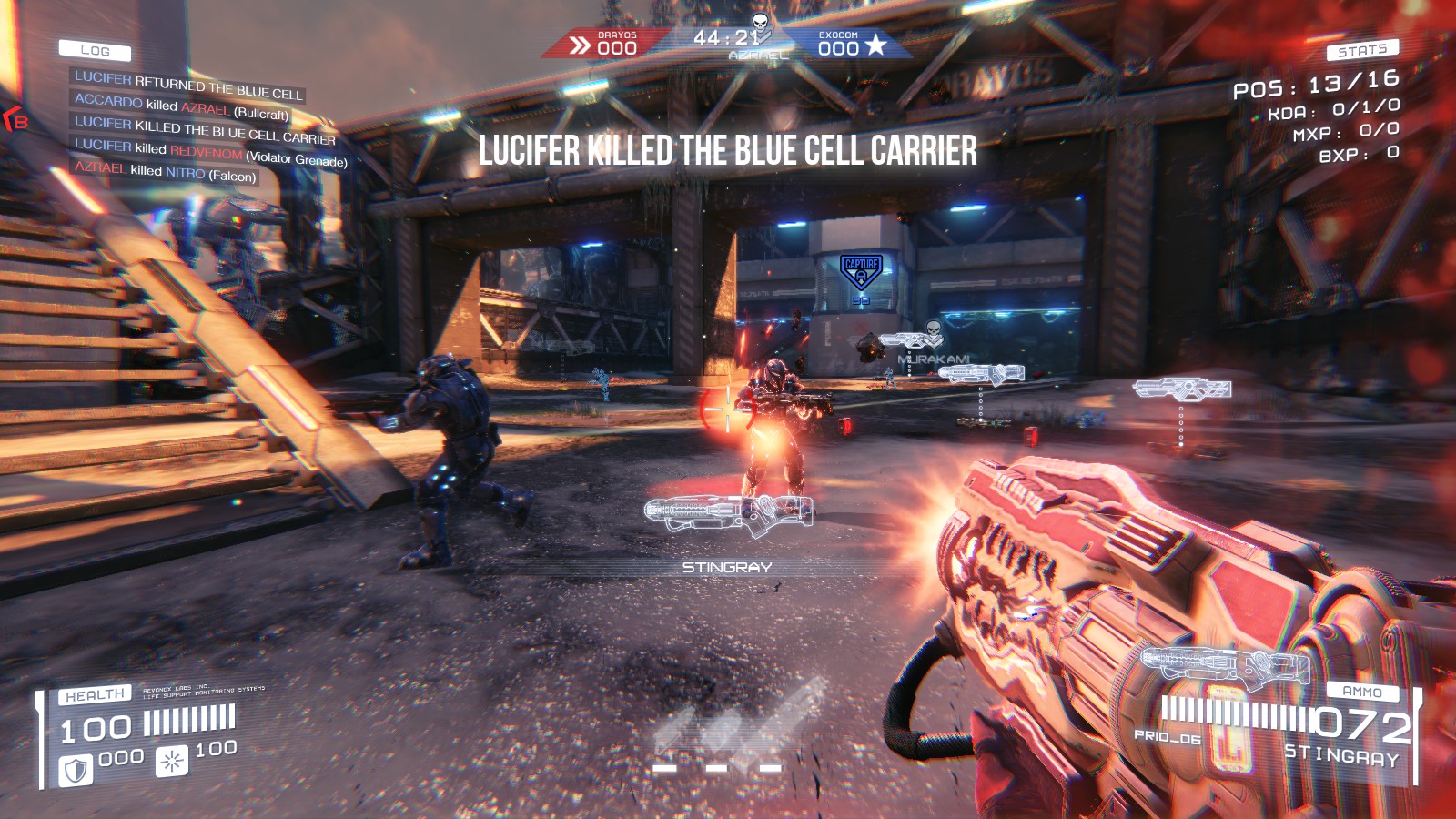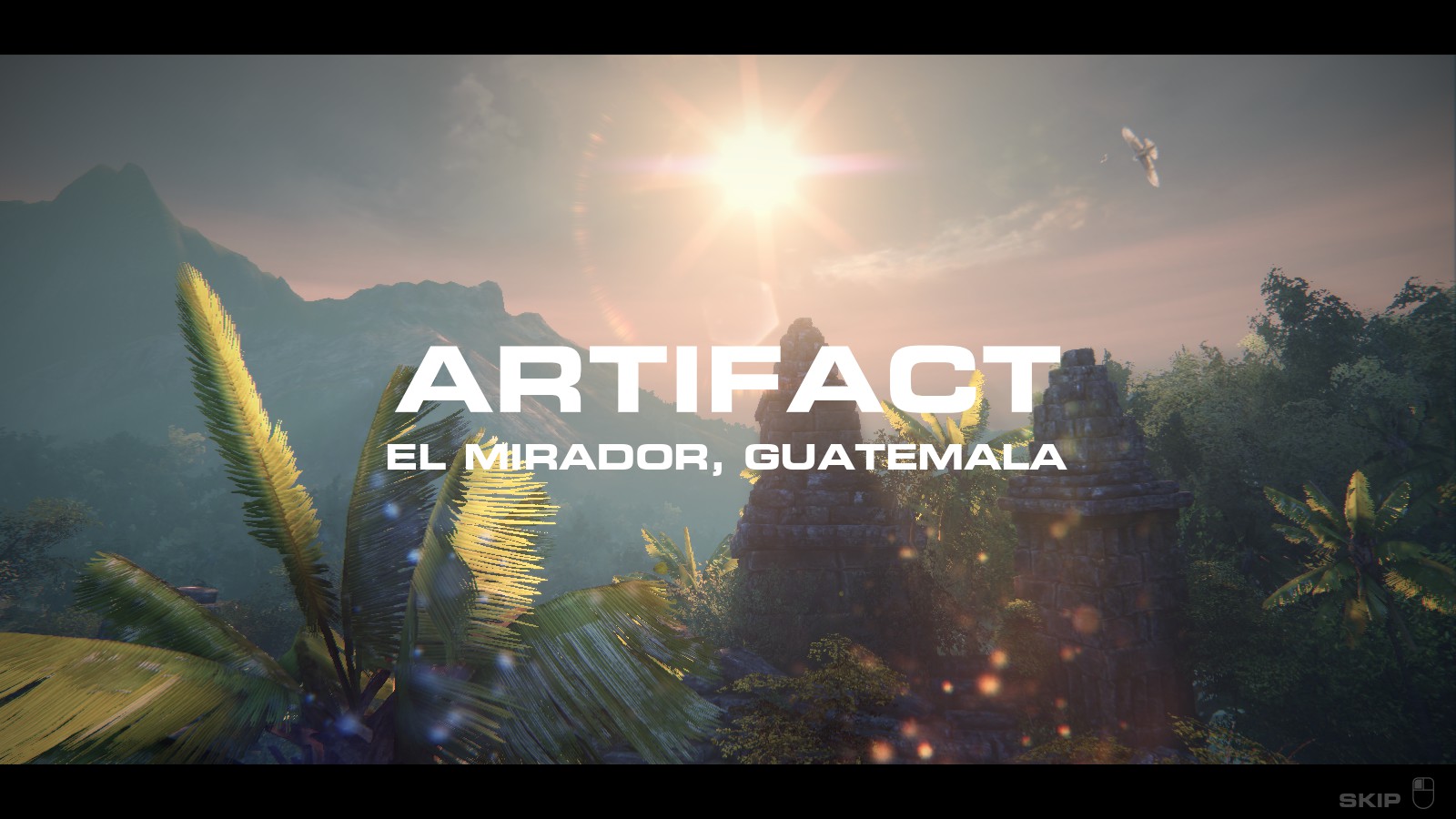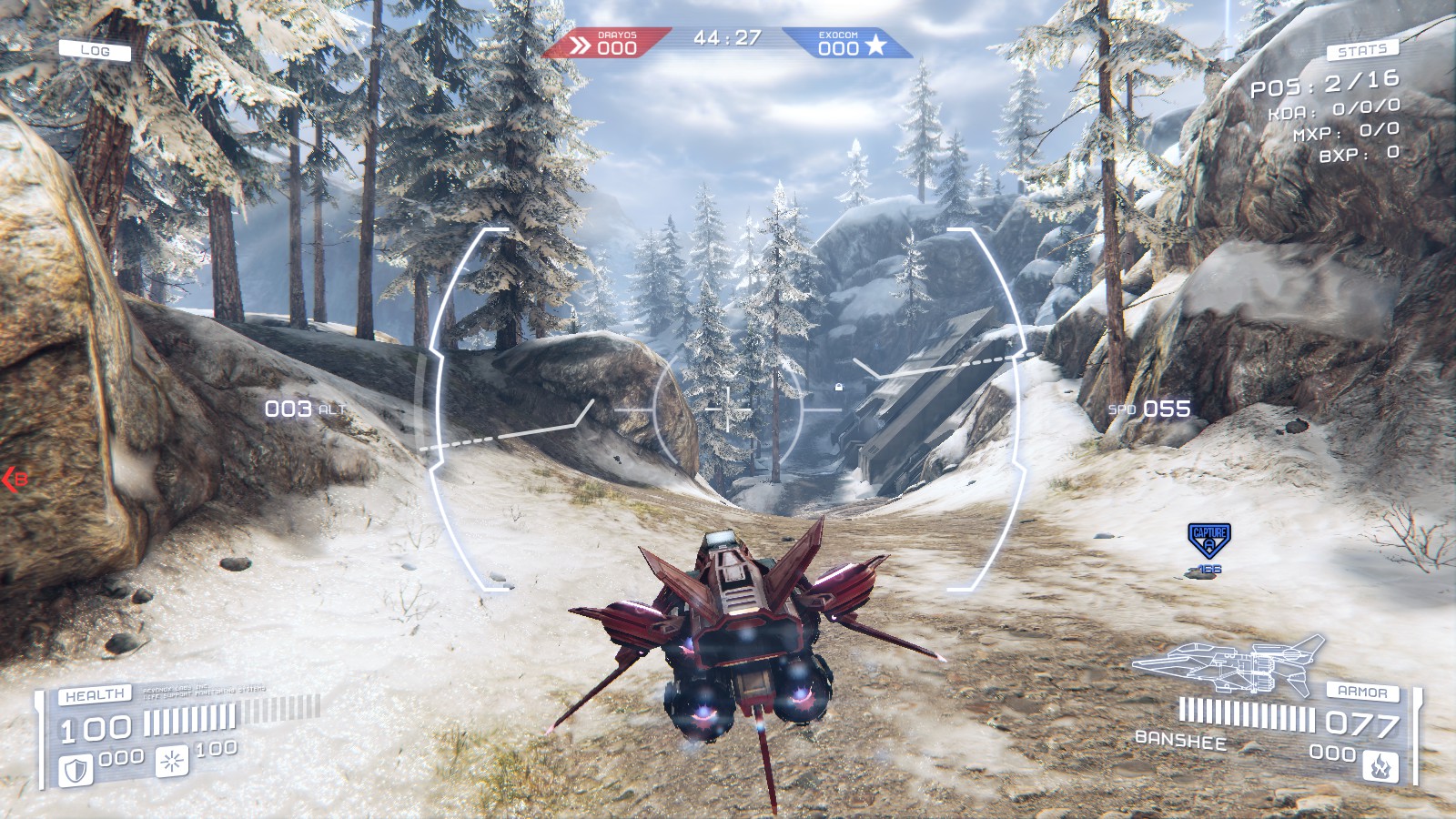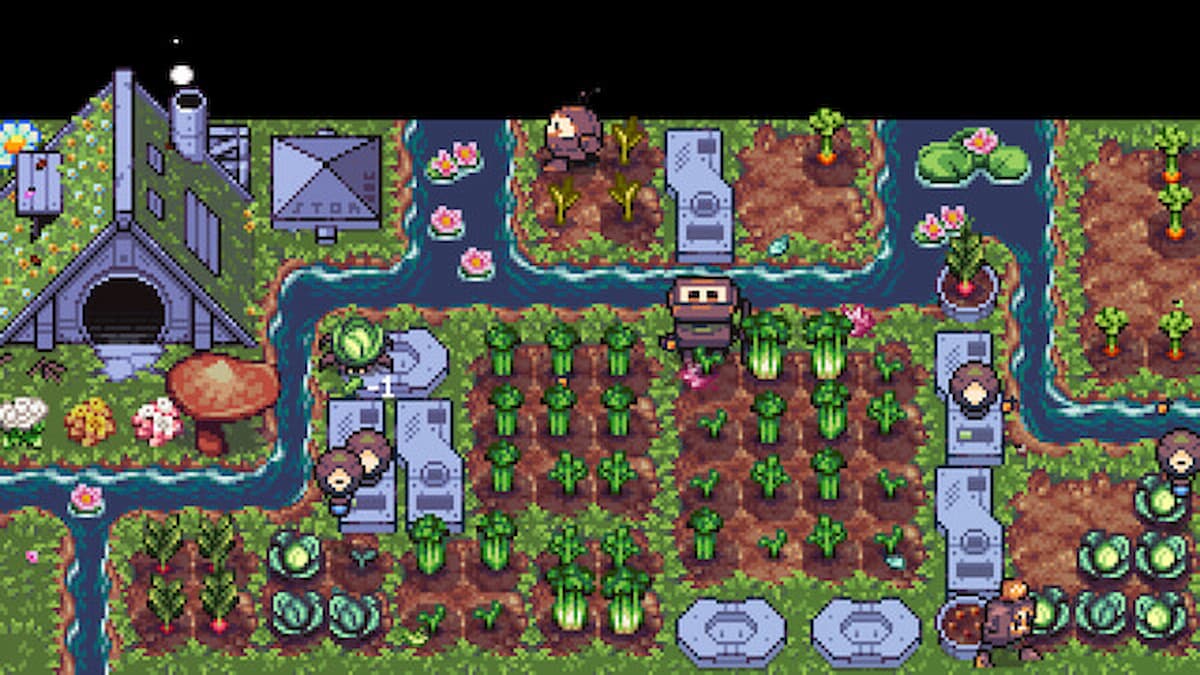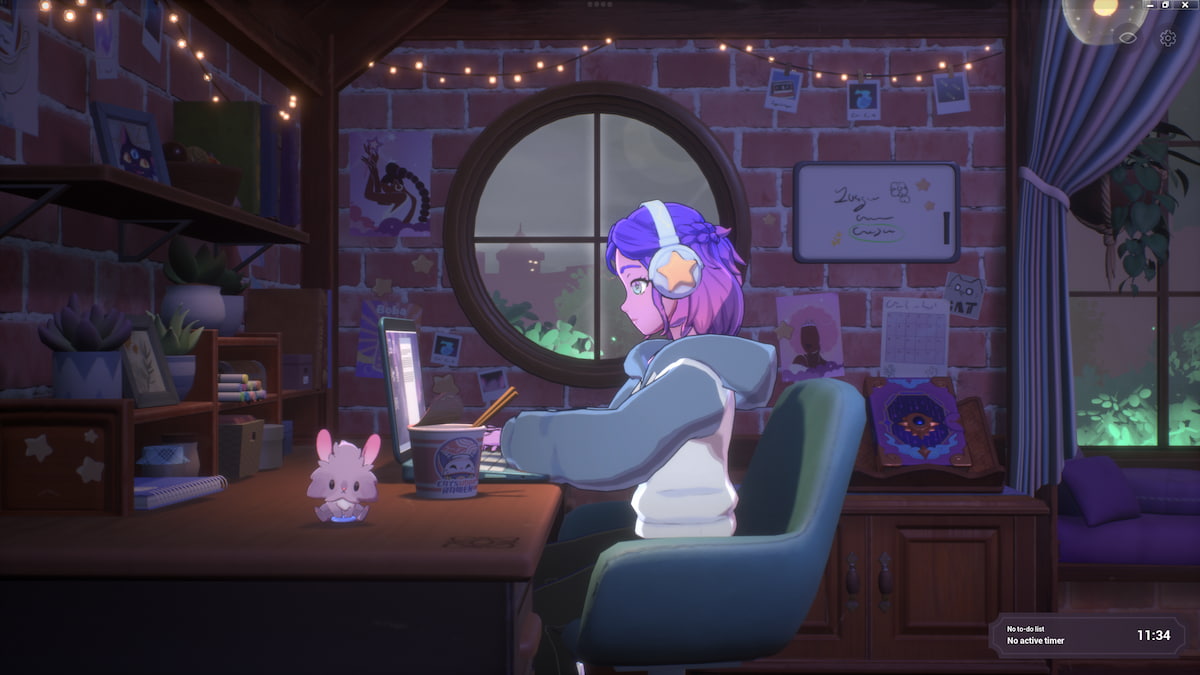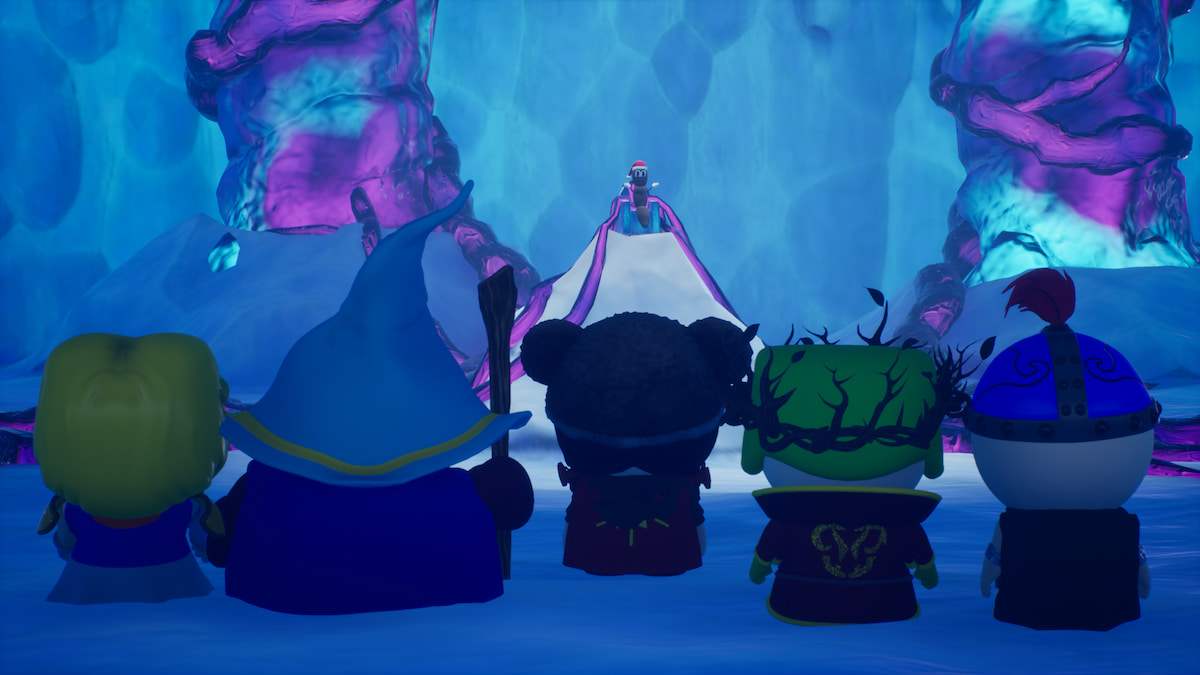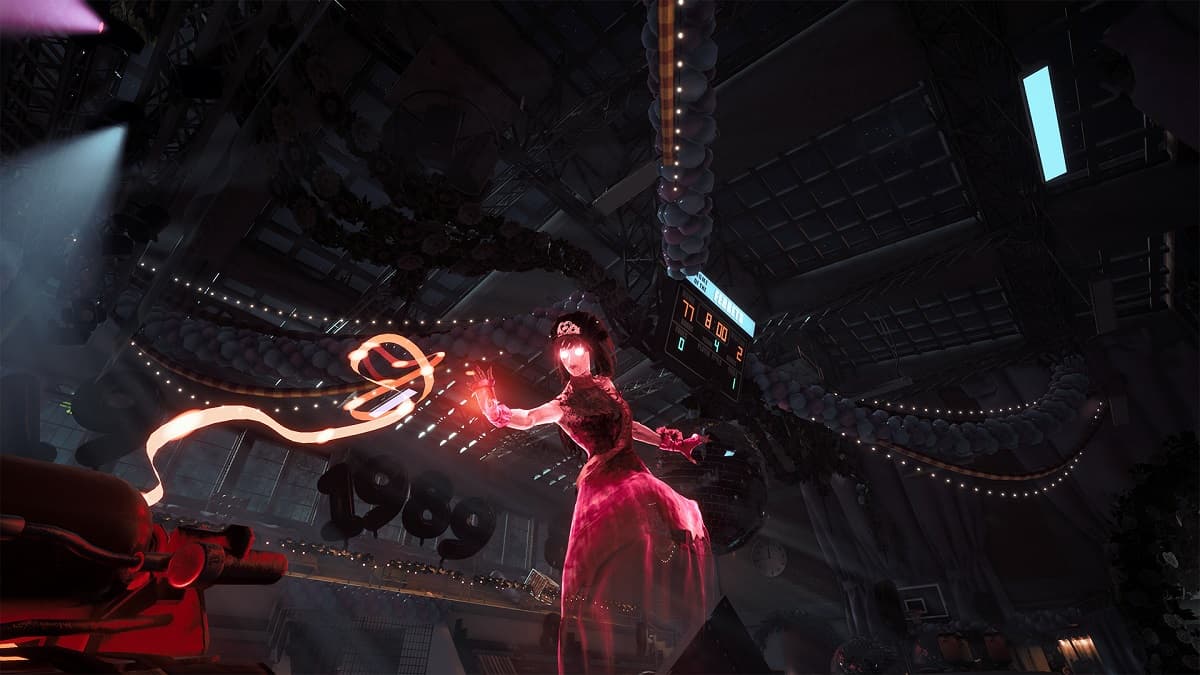From the moment Toxikk was revealed as an early-access first-person shooter in 2014, developer Reakktor Studios upheld a single mantra that was included in every trailer and slice of the game’s promotional material- “Frag like it’s 1999”. You might be asking, “Why would I want to go back to 1999?” After all, with the technology and customization of today’s releases, it would seem a hard sell to convince gamers to play something that resembled a product from a bygone era.
To answer that, here’s a brief history lesson- 1999 was the seminal year for the subgenre of first-person shooters called arena shooters; titles such as Unreal Tournament and Quake III: Arena were released that year to great acclaim and fan appreciation, and their success inspired countless games afterwards to adopt the combination of map design, weapon balance and furious action that would go on to define the arena subgenre.
With the rise of tactical military shooters and the ever-more viable online capabilities of gaming consoles and the controllers that facilitated them, however, the frenetic pace and movement capabilities that defined arena shooters got distilled into something slower, less hardcore and ultimately more casual for mainstream audiences. Killstreaks replaced skill-based execution, class warfare and loadouts became standard and the ability to render huge play spaces eroded away at the delicately-designed arenas of their shooter predecessors.
In that landscape is where we now find Toxikk releasing to the public, a game that concurrently feels out of place in today’s shooter market yet intimately familiar to those like me who have pined for the arena FPS subgenre to make a comeback. It’s been a long time coming, but Toxikk is a fresh and fantastic shooter whose accomplishment I hope will spurn on a revival of sorts for similar games in its class.
Arena shooters, at their core, are loosely defined by the following standards – 1) players compete in skirmishes in enclosed arenas, 2) where all players begin equally with only base weaponry and no disparate abilities, 3) where weapons and pickups must be acquired and controlled from the map and are not obtained through loadouts or killstreaks, and 4) that possess a definable system of locomotion that encourages constant map rotation and decreases the viability of camping. Toxikk achieves all of these qualities; it’s a truly no-frills, PC-only experience that mimics the best qualities of its spiritual predecessors.
Modes and Movement
Toxikk’s success or failure will ultimately be determined by its long-term online player population, but not content to rest on its laurels, Reakktor has imbued Toxikk with full, offline bot support as well as a short linear progression of campaign levels called “Contracts”. In these scenarios, players compete in a series of arenas and battlegrounds through all of the game’s available maps and modes, serving as both a short single-player component as well as a tutorial for players new to this style of shooter to learn the basics of movement and the weaponry before heading online. While more missions would have certainly been welcome, some replayability is encouraged via additional challenges such as completing missions within a certain time frame or without using any vehicles.
Toxikk’s movement is intrinsically modeled after that of Unreal Tournament 2004, with all of that game’s insane combinations of double jumps, dodge jumps and wall jumps intact. Additionally, characters possess an extra degree of air control and heft, which affords players the ability to adjust their character’s trajectory through the air while still preserving the viability of non-hitscan weapons. It’s a truly remarkable movement system that feels effortlessly fast, fluid and controllable.
Level Design and Map Selection
This fluidity is in large part accommodated by the game’s fantastic level design. The designers at Reakktor Studios have created complex, intricate arenas that are both visually arresting and easily navigable. Specific attention has been paid as well to designing the arenas around the constraints of player movement; for example, many passageways and power-ups lie just outside the reach of normal jumps and require usage of advanced movement techniques to navigate. The maps are so well-designed that they’re easily the high point of the entire Toxikk package and some have even become favorites of mine across all shooters.
With this praise however came a harsh realization- the map selection is very sparse. Toxikk comes with 12 maps at launch, but these are spread across all of the game’s modes (deathmatch, area domination, cell capture, team arena, etc.). Deathmatch and area domination have nice selections, but capture the flag variants are limited to just five maps, two of which are re-purposed variants of existing deathmatch arenas. Vehicular modes fare even worse; only 3 maps support vehicular play at all, and only one of those three provides the size and scope necessary to really showcase the vehicles’ possibilities. While I’m ecstatic that vehicles were included in Toxikk, I wonder if their time and effort of creation may have better been served in fortifying the map selection for the game’s vehicle-less modes. Luckily, the game’s software development kit (SDKK) has been fully integrated into the Steam workshop for those so inclined to create their own maps and mutators for the experience.
Online Multiplayer
Despite the limited selection of maps and under-realized vehicular play, Toxikk’s bread-and-butter online multiplayer is sublime. The absolutely blistering pace that the game flows at, plus the emphasis on pure skill over nonsensical fluff, makes for an utterly addicting experience fully worthy of the game’s “frag like it’s 1999” ambition. Let it be known, this game is FAST. If you already struggle to keep pace with games like Call of Duty and Halo, this might not be the right experience for you. The game ships complete with online features such as map voting, an integrated chat channel and dedicated servers, as well as a progression system that offers cosmetic enhancements as to not disrupt the balance of fairness online. There are tons of individual customization options as well to control elements like crosshair size, HUD positioning and hit markers, welcome features for sure.
There is one major caveat to Toxikk’s online experience that I must address, as it could very well be detrimental to the game’s ability to foster a steady online population in the future. When playing online, the game’s internal algorithm automatically attempts to evaluate your playing ability by tracking statistics like accuracy, movement and kill/death ratio into a score called the “skill class” rating. This number then becomes your gateway into each of the game’s online servers, depending on the skill rank of the server hosting the game.
Sounds good, right? But here’s the problem- Say there are 12 populated servers online, and eight of these possess a skill ranking of 1-4. This means that only players who have been assigned a skill class in this range can participate in the server. Two of the other four active servers have a skill class rating of 9-12, meaning that only the best of the best players will be able to qualify. Where does that leave the 5-8’s? You guessed it, with only two available servers to join. Making the situation worse on launch night was that both of my eligible servers were being hosted in Europe, where my ping was high enough (+140) to disrupt my aiming ability and negatively influence said skill rating. It’s an easily rectifiable problem if the developers allowed all players access to any server, but as it stands now it’s an unfortunate issue that has persisted throughout early access and into launch.
The Weaponry
Arena-shooters are often defined by their weaponry, and Toxikk matches that call with mostly militaristic staples like rocket launchers, shotguns, machine guns, sniper rifles and flamethrowers. Every weapon includes an alternate-fire mode, which works well at expanding the arsenal of options for the player; the aforementioned machine gun doubles as a grenade launcher, for instance, while the plasma launcher shoots a repetitive stream of plasma bullets in its primary fire but unleashes an instagib-like beam in its secondary.
Despite the quality of the weapon designs, there’s a distinct semblance that things could be better. The flame spewing Dragoneer almost completely obstructs its user’s view while firing, while the Rocket Launcher overpowers nearly everything else in the arsenal at any range besides sniping distance. More than a few of the firing modes also feel like weak alternatives for other weapons, such as the Stingray’s alternate fire beam being just a weaker, zoom-less version of the Falcon sniper rifle. The weapons are certainly serviceable but don’t necessarily strike the iconic balance of other arena shooters just yet, pending future patches.
Presentation
Toxikk leverages the power of Unreal Engine 3 to fuel its presentation, which ensures a great range of scalability across moderate to high-end PC’s but comes at the cost of some visual fidelity. The graphics are impressive no doubt, but the game lacks the lush lighting and incredible texturing of other standout PC releases of this generation. Despite this, the level artists have done a great job of capturing the mood and richness of the intended environments, which can vary from rainforests in Cambodia to the slums of Hong Kong and even a robotic facility in secluded Russia.
The game’s soundtrack also deserves praise; Toxikk finally brings back a persistent soundtrack to its arena firefights, a feature that has been conspicuously absent in nearly every other multiplayer release of the last few years. The soundtrack dynamically switches its tunes to mimic the intensity of the action, which provides a persistent engagement to the player that matches the game’s pace beat for beat. Sound effects are crisp as well, with weapons and characters making traceable noises to help players pinpoint the sources of action on each map.
Conclusion
Toxikk is an excellent reimagining of the arena first-person shooter, adding subtle enhancements to an already classic formula that feels incredibly fresh and dynamic amongst its contemporaries. The level of polish on display is remarkable in everything from the slick introductory flythroughs of each map before play to the fluidity of navigating the user interface; all could serve as standard-bearers for future developers to emulate. The game’s rough edges with regard to the skill class system, lack of multiplayer maps and unbalanced weaponry are a bit disconcerting considering the game’s long development in early access, but even as such, I have no reservations about giving Toxikk a hearty recommendation. See you online!

